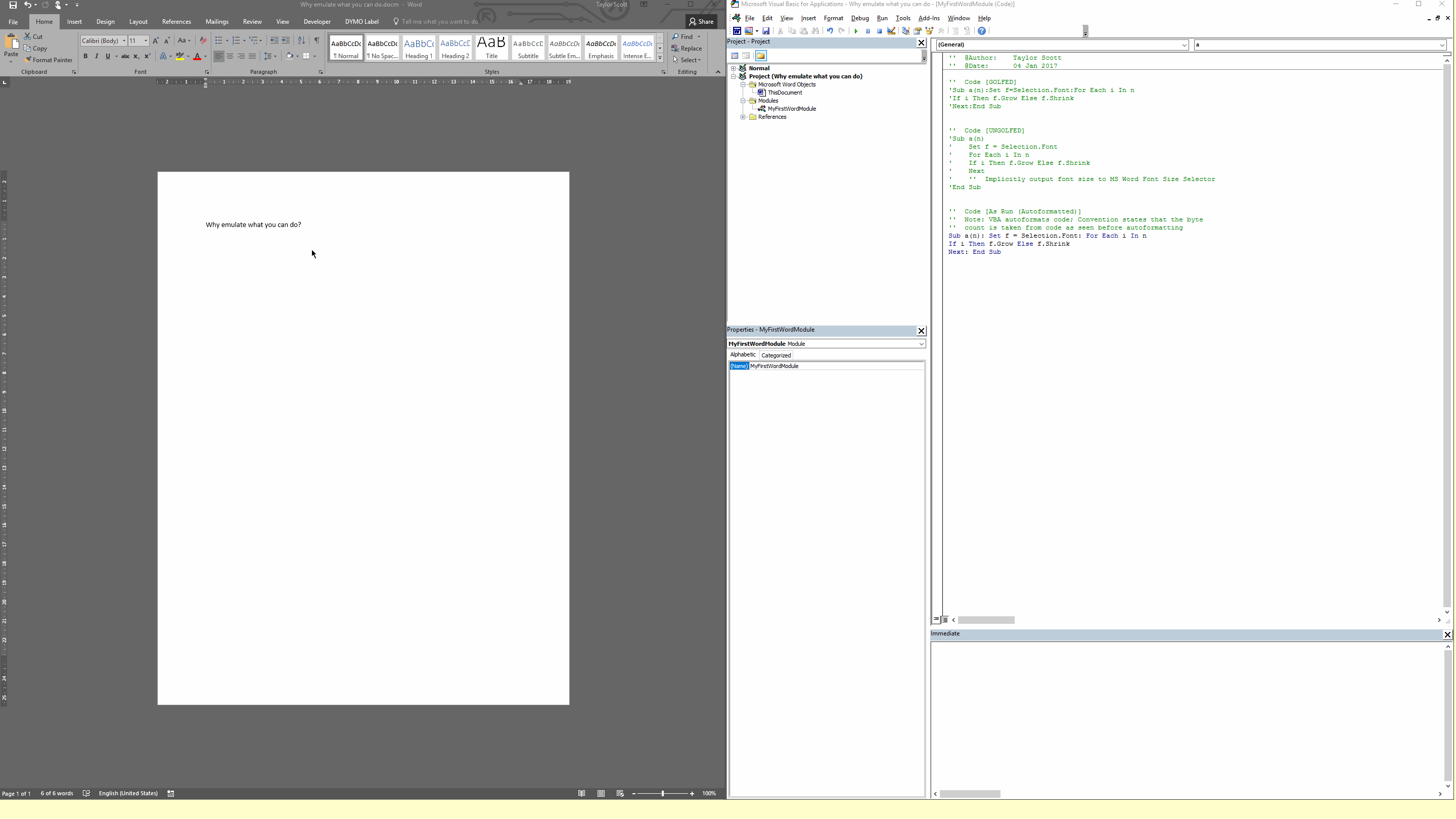Las palabras y los botones cambian el tamaño de fuente de acuerdo con estas reglas:A▲ᴀ▼
- El tamaño de fuente inicial es 11.
- Si se presiona cuando el tamaño de fuente es 1, el tamaño permanece 1.ᴀ▼
- El tamaño de la fuente cambia con 1 punto en el rango de 1 a 12.
- El tamaño de fuente cambia con 2 puntos en el rango de 12 a 28.
- Las opciones son 28, 36, 48, 72 y 80 en el rango de 28 a 80.
- El tamaño de la fuente cambia con 10 puntos en el rango de 80 a 1630.
- El tamaño de fuente cambia con 8 puntos en el rango de 1630 a 1638.
- Si se presiona cuando el tamaño de fuente es 1638, el tamaño permanece 1638.A▲
Tarea
En el menor número de bytes posible, determine el tamaño de fuente resultante cuando se le da un conjunto de pulsaciones de botón en cualquier formato razonable.
Ejemplos
[3,-1,2], lo que significa : El resultado es 18.A▲A▲A▲ᴀ▼A▲A▲
Algunos formatos son posibles '^^^v^^', [1 1 1 -1 1 1], [True,True,True,False,True,True], ["+","+","+","-","+","+"], "‘‘‘’‘‘", "⛄️⛄️⛄️🌴⛄️⛄️", 111011, "CaB", etc ...
[2]: 14
[-1]: 10
[13]: 80
[-11,1]: 2
[11,-1]: 36
[170,-1]: 1630
[2000,-2,100]: 1638

"^vvv^v^^^v",[-1, 1, 1, -1, 1, -1],[0, 1, 0, 1, 1, 0, 1]?